Exotic Turtle Species – Exploring the Rare and Unusual
Discover rare and unusual exotic turtle species—their unique traits, habitats, challenges, and the global conservation efforts to protect them.

The world of turtles is full of surprises! There are over 350 kinds of turtles, some of which are genuinely extraordinary. These "exotic turtles" are often rare, have unusual features, or live in far-off places. Let's take a look at some of these fascinating creatures!
What Makes a Turtle Exotic?
A turtle is often called "exotic" if it's not commonly found in local habitats or is rarely kept in captivity. These species might come from remote regions with specialized requirements.
They may need advanced enclosures, specialized turtle diets, or specific temperatures and humidity levels that go beyond basic turtle care. Their rarity or distinctive traits attract enthusiasts, but proper upkeep demands extra knowledge and preparation.
Ultimately, calling a turtle "exotic" highlights unique care challenges and legal considerations that potential keepers must research before committing to such a pet.
- Rarity: They might be hard to find because they live in only a few places or there aren't many of them left.
- Unusual Looks: They might have unique features that make them stand out from other turtles.
- Special Habitats: They might live in unique environments or remote locations.
- Conservation Status: Many exotic turtles are endangered, meaning they are at risk of disappearing forever.
Why Should We Care About Exotic Turtles?
- Protecting Our Planet: Saving exotic turtles helps protect the health of our entire planet.
- Scientific Discoveries: Studying these turtles can teach us new things about how animals adapt and evolve.
- Cultural Importance: Some exotic turtles are essential in the traditions and stories of local communities.
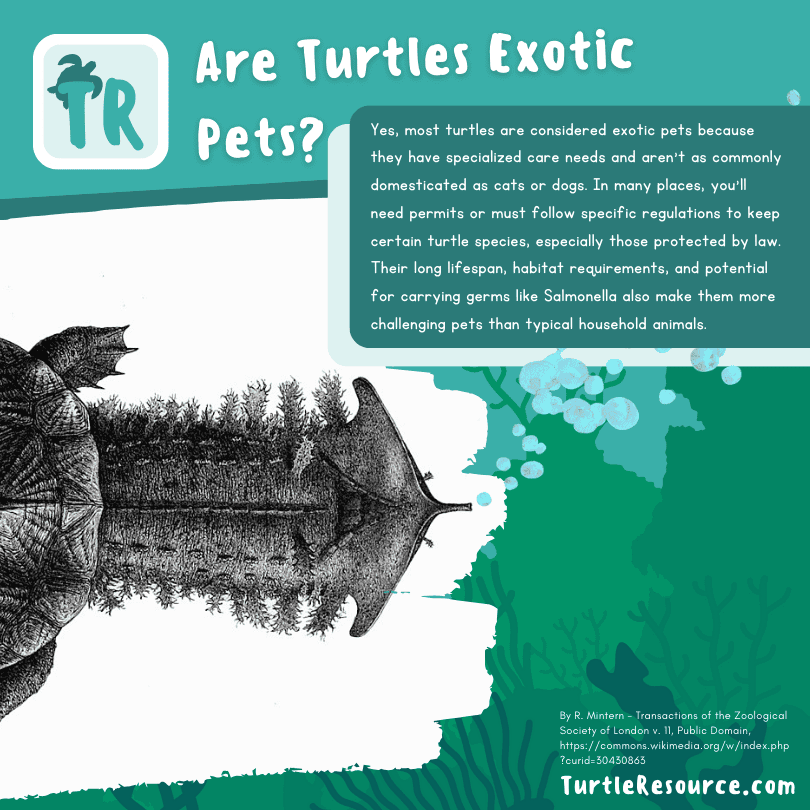
Are Turtles Exotic Pets in General?
Yes, turtles are generally considered exotic pets. They aren't domesticated like dogs or cats; many species need specialized enclosures, lighting, and diets. Because some are wild-caught or come from different countries, there can be strict legal guidelines around owning them.
While red-eared sliders and a few other species are commonly available, their care requirements still classify them as exotic. This term highlights their unique needs, potential for extended lifespans, and the responsibility owners must accept when bringing these fascinating reptiles into their homes.
Notable Exotic Turtles
While many people are familiar with common pet turtles, the world of Testudines is far more diverse and fascinating than one might imagine. Beyond the familiar shells and slow-moving nature lie exotic turtles with extraordinary adaptations, unusual appearances, and unique lifestyles. Let's delve into some of the most remarkable and captivating turtles found across the globe.
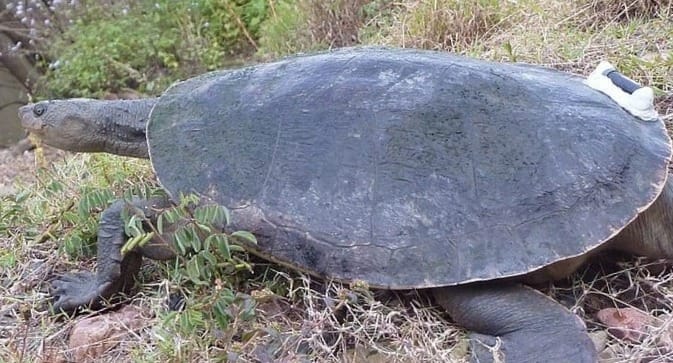
Mary River Turtle (Elusor macrurus): This turtle has a green, algae-covered head, and some even have algae that looks like a mohawk! It lives in Australia and has a particular way of breathing underwater – it can breathe through its butt!
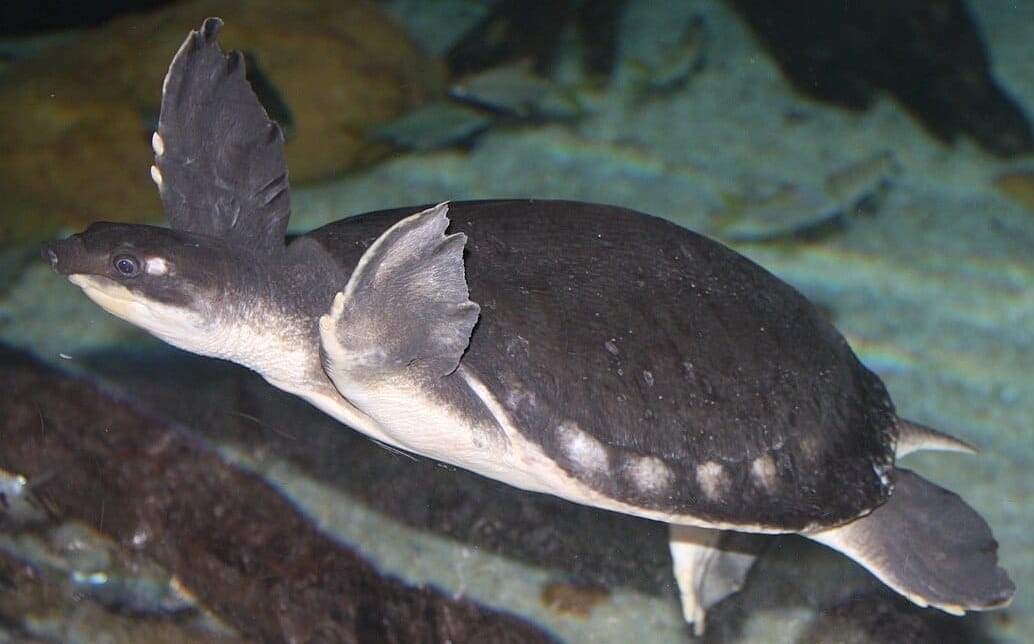
Fly River Turtle (Carettochelys insculpta): This turtle has a snout resembling a pig's nose and flippers like a sea turtle. It lives in rivers and rarely comes onto land.
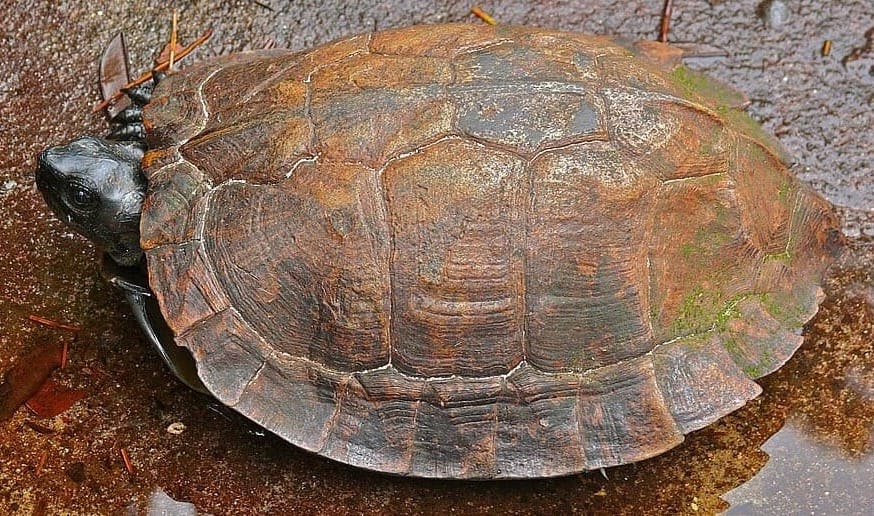
Spiny Turtle (Heosemys spinosa): This turtle has sharp spikes on its shell when it's young to protect it from predators. It lives in Southeast Asia and likes to hide in the forest.
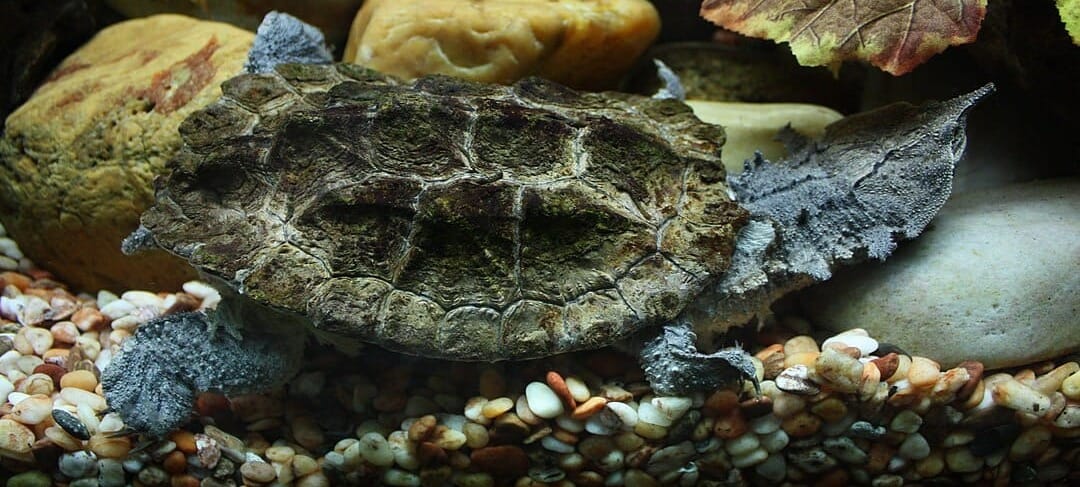
Matamata Turtle (Chelus fimbriata): This turtle looks like a piece of bark or a pile of leaves! It has a flat head with skin flaps and a long snout. It lives in the Amazon and uses its camouflage to surprise its prey.
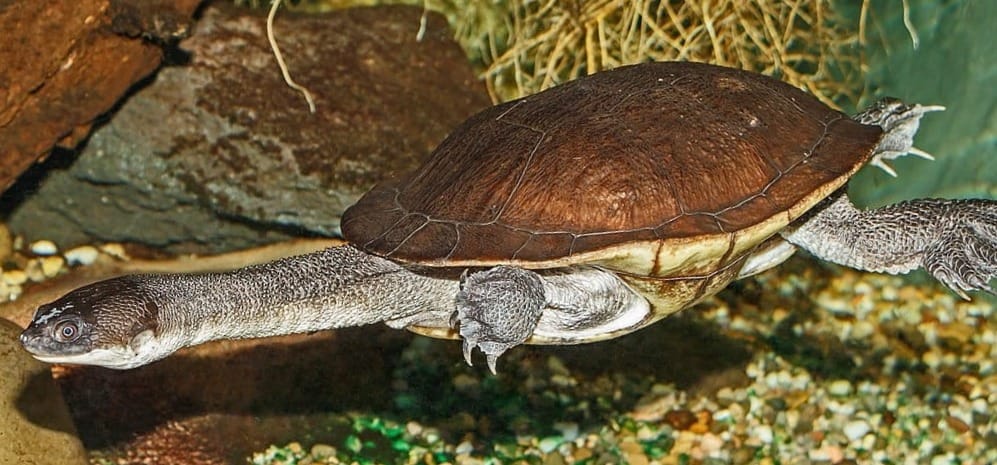
Roti Island Snake-Necked Turtle (Chelodina mccordi): This turtle has a very long neck, like a snake! It uses its neck to catch food quickly. It lives only on a small island in Indonesia and is critically endangered.

Burmese Roofed Turtle (Batagur trivittata): The males of this species have bright red or orange heads and necks during mating season. It lives in rivers in Myanmar and is also critically endangered.
Challenges for Exotic Turtles
Exotic turtles are facing many threats:
- Habitat Loss: People are cutting down forests and polluting the environment, which destroys turtle homes.
- Hunting and Trade: People capture exotic turtles to sell as pets or for use in traditional medicine.
- Climate Change: Changes in the weather can make it hard for turtles to survive.
- Lack of Knowledge: We don't know enough about some exotic turtles, making protecting them hard.
Challenges Associated with Keeping Exotic Turtles
Exotic turtles, often characterized by distinctive appearances or rare habitats, present unique difficulties for both new and experienced keepers. Many of these species originate from specialized environments, such as tropical rainforests or remote river systems, necessitating meticulous replication of humidity, temperature gradients, and lighting conditions in captivity.
Failure to satisfy these parameters can result in chronic stress, malnutrition, and opportunistic infections. Furthermore, feeding requirements may be highly specific, ranging from seasonal diets to live prey not readily available in conventional pet stores. This specificity can complicate the sourcing of suitable food items, incurring higher costs and logistical challenges.
Legal restrictions and conservation concerns compound these difficulties. Some exotic turtles are protected under national or international regulations due to declining wild populations. Aspiring owners may require permits or may find legal trade avenues severely limited, reflecting concerted efforts to prevent illegal harvesting and overexploitation.
Additionally, many exotic turtles exhibit sensitive temperaments and may experience significant stress in unfamiliar environments, increasing the likelihood of erratic behavior or refusal of food. Veterinary expertise is another concern: few practitioners specialize in uncommon or rare species, leaving owners with limited resources for addressing advanced medical needs. Ultimately, these challenges underscore the ethical and logistical responsibilities of keeping exotic turtles, emphasizing research, preparedness, and respect for both legal constraints and ecological integrity.
Sources
- Mittermeier, R.A. & Vetter, H. Turtles of the World.
- Rhodin, A.G.J., et al., eds. Conservation Biology of Freshwater Turtles and Tortoises.
- Frye, F.L. Biomedical and Surgical Aspects of Captive Reptile Husbandry.
How We Can Help
- Laws and Protection: There are laws to protect endangered turtles from being traded or hunted.
- Breeding Programs: Zoos and other organizations are breeding exotic turtles to help increase their numbers.
- Protecting Habitats: Creating protected areas helps keep turtle homes safe.
- Community Involvement: Working with local communities is necessary for turtle conservation.
- Research and Monitoring: Scientists are studying exotic turtles to learn more about them and how to protect them.
What You Can Do
- Support Turtle Organizations: You can donate to or volunteer with groups helping turtles.
- Be a Responsible Pet Owner: If you want an exotic turtle, get it from a breeder, not the wild. Learn how to take care of it properly.
- Spread the Word: Tell your friends and family about exotic turtles and why they need our help.
- Protect the Environment: Make choices that are good for the planet, like reducing pollution and using less energy.
Exotic turtles are part of our planet's biodiversity. By learning about them and taking action to protect them, we can help ensure their survival for future generations!
